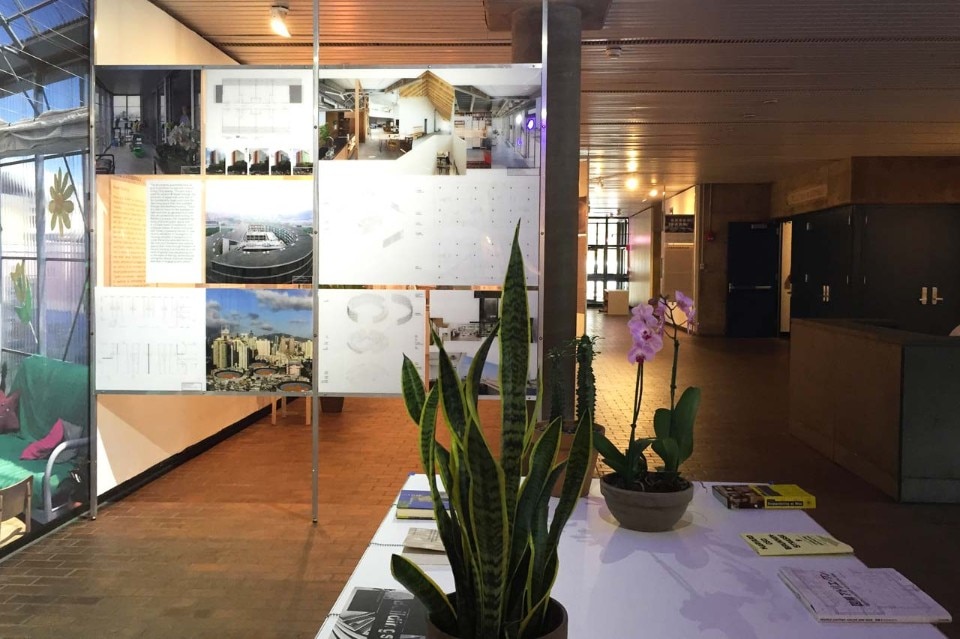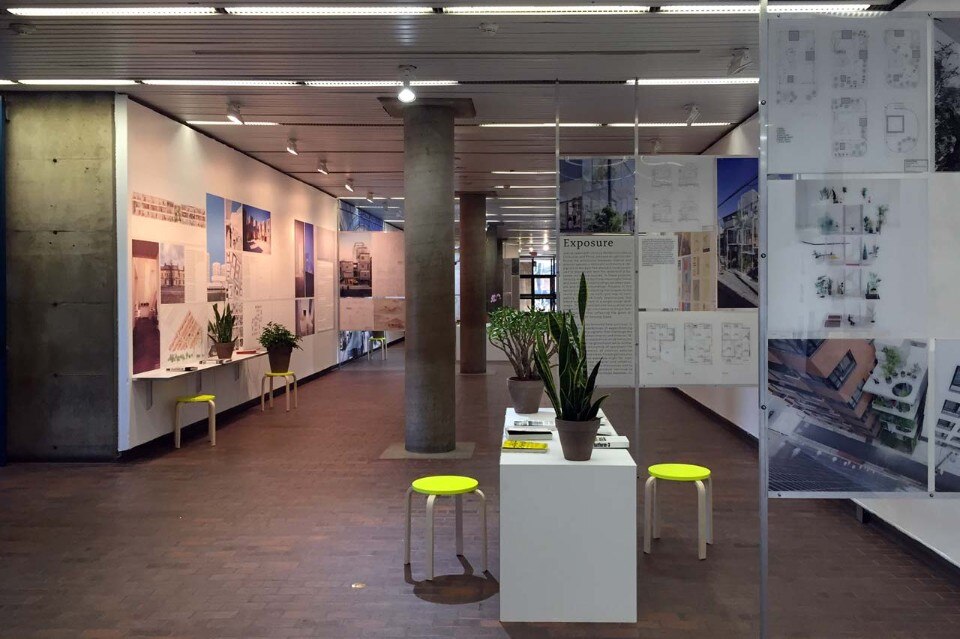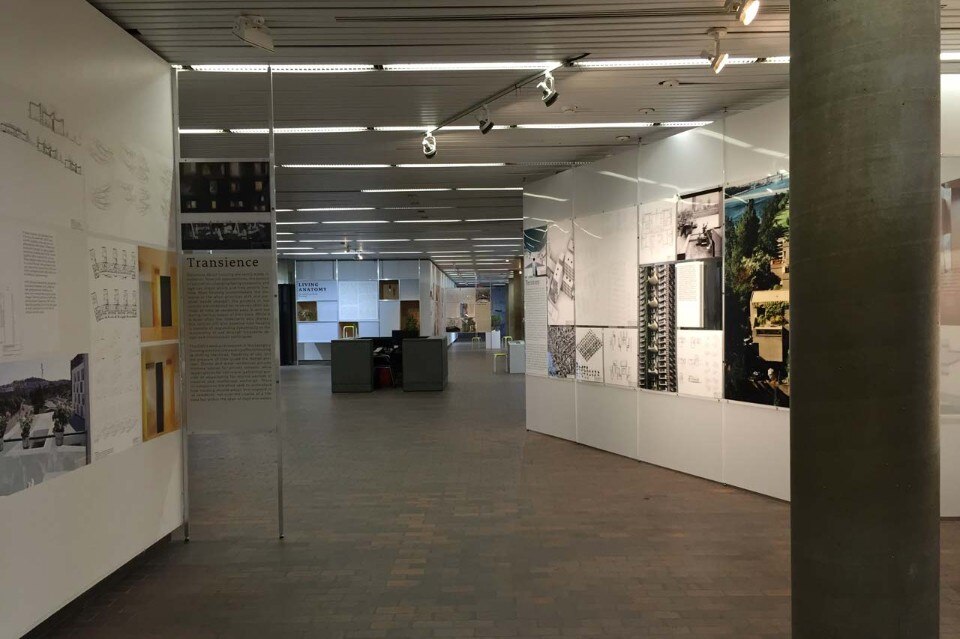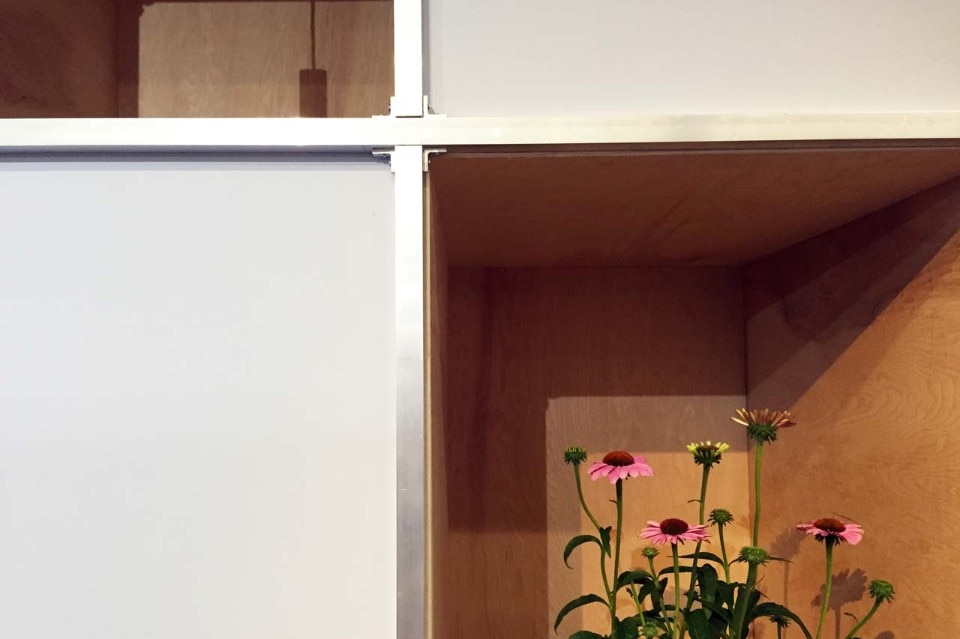

The mixed-media exhibition features both built and academic work and showcases projects and discourse that illustrate innovative approaches and solutions to housing in contexts around the world, including: Rem Koolhaas’s Maison Bordeaux; Sou Fujimoto’s House NA; Jeanne Gang’s (MArch ‘93) Aqua Tower; SANAA’s Garden & House; Michael Maltzan’s (MArch ‘88) Star Apartments; Anne Lacaton and Jean-Philippe Vassal’s Mulhouse Social Housing; and Farshid Moussavi’s (MArch ‘91) La Folie Divine.
The exhibition employs models, photographs, renderings, and texts to illustrate six themes: “Inviting”, in which housing actively promotes social engagement, strength, and purpose; “Territory”, in which high-density developments that have become integral to urban growth have been integrated into an urban fabric rather than stand aloof; “Exposure”, in which projects play on the relationship between interior and exterior, and function as part of their environments; “Recovery”, in which housing can not only help communities reclaim a sense of place after natural disaster, but also strengthen their quality of life in the face of social disarray; “Transience”, in which particular housing formats are designed for, and enable, temporary and shifting living arrangements; and “Discourse”, in which texts from historians, critics, economists, policy experts, and other thinkers position housing as a source of historical and ongoing scholarship and debate.

until December 20, 2015
Living Anatomy: An Exhibition About Housing
Harvard University Graduate School of Design
Gund Hall
48 Quincy Street, Cambridge





